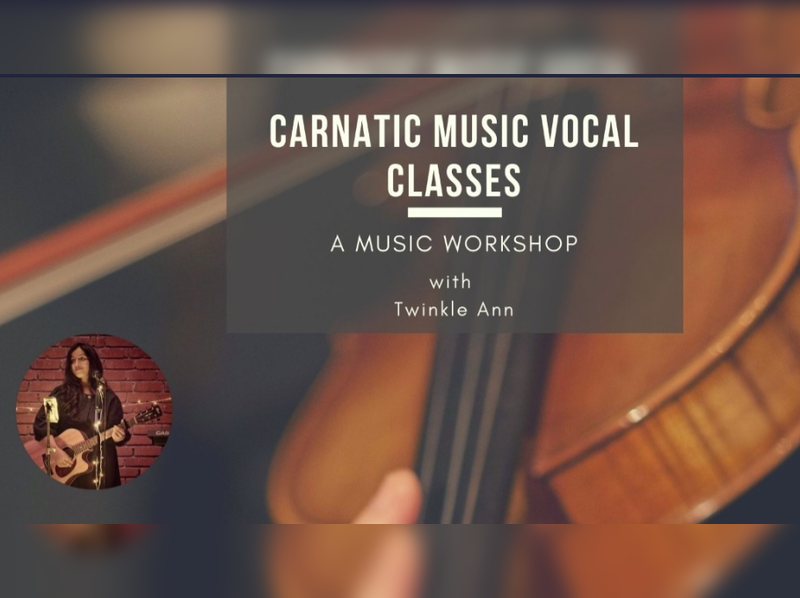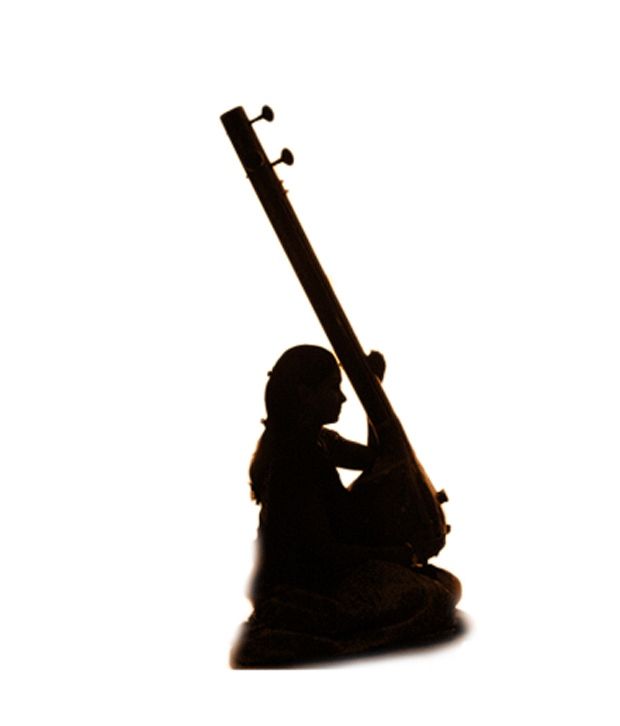

I am qualified in both veena and vocal and I have been teaching music online to students in India and abroad. Having combined science and music I have realised that no drug can replace carnatic music. Having enjoyed exploring carnatic music to the best of my ability with the little knowledge that I have, I wish to spread the message to the entire world, that learning carnatic music is not only pleasure giving to the ears, but it is also a way to a healthier life. I am an Assistant Professor of Microbiology, but music is my passion. I welcome you all to this site where one can learn Carnatic music irrespective of one's geographic location and cultural background. Other composers incldue Kshetrayya, Narayana Teertha, Annamayya, Bhadrachala Ramadasa and Jayadeva to name a few. The contributions of the musical trinity -'Thyagaraja', 'Shyama Sastry' and 'Muttuswami Diskhtar' are materpieces. The fundamental lessons were composed by Purandhara Dasa. So, in a way it is the music which is pleasing to the ears. Another reason is the word Karnataka can be broken into 'karna' meaning 'ear' and 'Ataka ' meaning 'haunt'.

Earlier, the region lying to the south of Vindhyas range was called Karnataka and that is one reason why Carnatic music got its name. Classical music of south India is collectively called Carnatic/Karnatak Music. Sa Ri Ga Ma Pa Dha Ni Sa- Sa Ni Dha Pa Ma Ga Ri Sa. These exercises help you hit notes no matter what their sequence.Welcome to my website, enjoy your visit ! Laya pattern: 11- 44 – 33 -22 and 11-22-33-44ĭaaTu varisai are sequences in which the notes “jump” up and down. Janta with dhatu-style jumps and zig-zag (ss mm gg rr) followed by janta pattern. One line has dheergams (s, r, g – s r g) followed by janta pattern.ĭheergams at the first and second notes of the pattern. One line has dheergams (s r, g, – s r g) followed by janta pattern.ĭheergams at the second and third notes of the pattern.

One line has dheergams (s, r g, – s r g) followed by janta pattern.ĭheergams at the first and third notes of the pattern. Note that this janta and the previous two jantas all had a laya base pattern of 123-123-12 – 1234-5678 but they divided the three counts in different ways. Triple janta (sss-rrr-gg) and pattern repeated. Janta with dheergams interspersed in a slightly different pattern (s,s – r,r -gg) and pattern repeated. Janta with dheergams interspersed (ss, – rr, -gg) and pattern repeated. Janta with single notes (eg: ssrrg-srg), and pattern repeated.Ħ. Janta with single notes (eg: ssr-ssr-sr), and pattern repeated.ĥ. Zigzag: srgr-rgmg-… pattern, but in janta. Janta Emphasis (starting and ending) at each of the seven notes When you have mastered this, learn to sing the lesson in four speeds, with taaLam.Ģ. When there are triples of notes (s s s) emphasize the second note as well. When you have two notes, emphasize the second. Practice emphasizing the second note and avoid singing both notes in a plain manner.

The use of one plain note followed by a forceful one is a type of gamaka called spuritam. These should be sung with force and emphasis from the first note to the second: sa sa ri ri ga ga etc…. JanTai varisai are the second lessons, which involve double and triples of a single swara. Preview of Janta (sphuritam) concept: “SS”, “nn”, “dd”, “pp”.Īnd the region between M and N (with a lot of emphasis on zigzag and D-notes)ġ4. Laya pattern: 1234 56-12 and 1, ,, 1, ,, andĪnd the region between G and N (finishing phrases)ġ2. Focus on P (dheergam) and the region between G and N Īnd practicing resting on G (nyaasa swaram) Zig Zag with Focus on “pmdp” and “mpgm” | Laya pattern: 1234 -43 5678ġ0. Zig Zag with Focus on “pmgr” and “mpdn” | Laya pattern: 1234 -43 5678ĩ. Focus on G and D | Laya pattern: 1234 56- 5678ħ. Focus on P and M (dheergam) and R, N | Laya pattern: 1234 56- 5678Ħ. Focus on M and P | Laya pattern: 1234-12 5678ĥ.


 0 kommentar(er)
0 kommentar(er)
